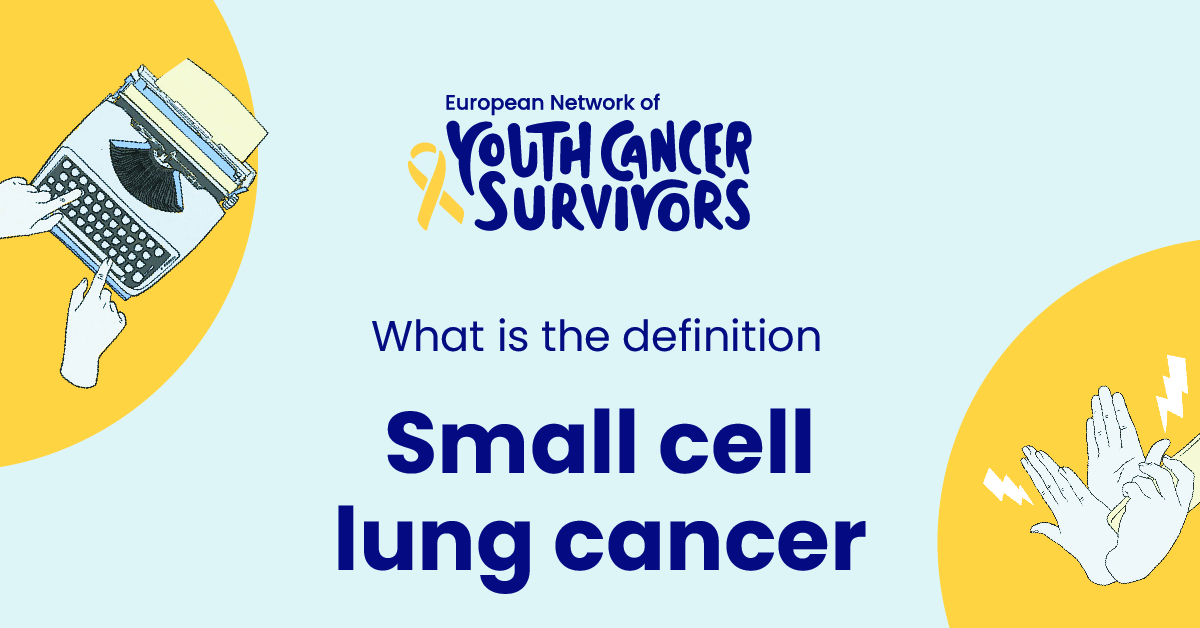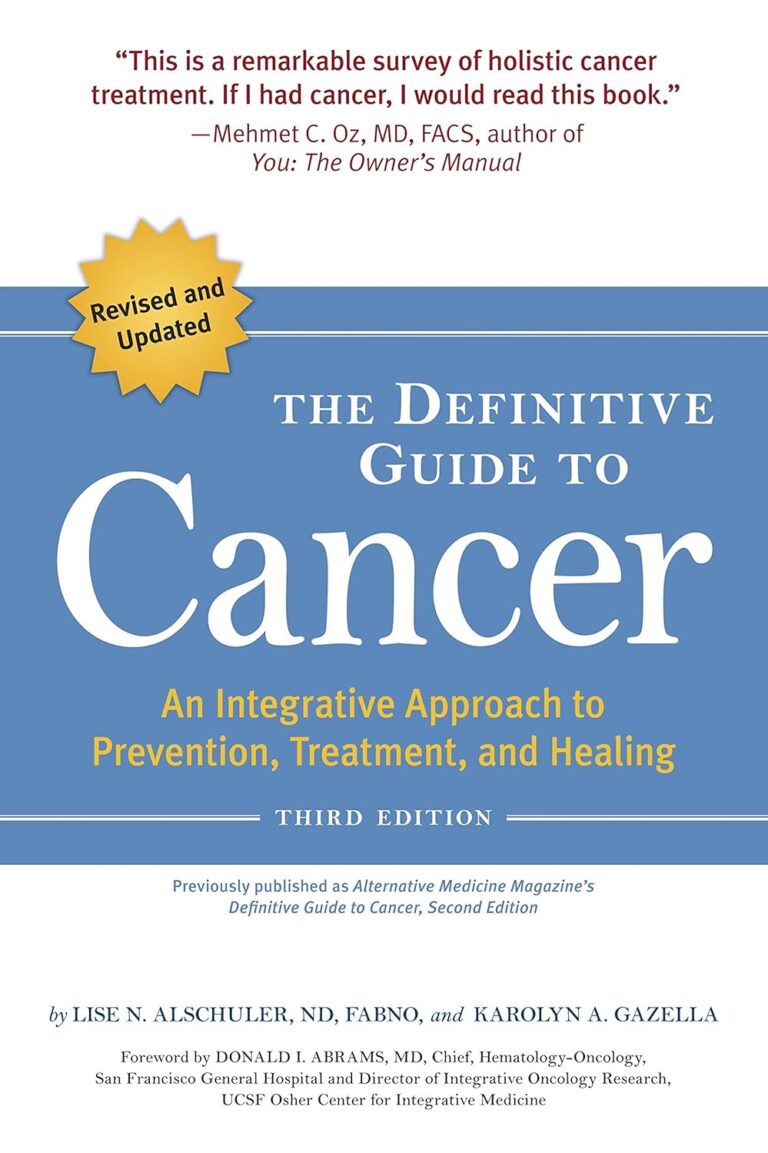
Lung cancer remains one of the world’s leading causes of death due to illness. It’s crucial, therefore, to understand its forms, such as Small Cell Lung Cancer (SCLC), to educate individuals, promote disease prevention, and push advancements in treatment options. This comprehensive guide aims to shed some light on this particular type of lung cancer, emphasizing the causes, symptoms, diagnostic procedures, treatment options, and life after diagnosis.
Understanding Cancer
Cancer is a complex disease that occurs when cells in the body grow out of control. Instead of undergoing programmed cell death, or apoptosis, these cells multiply uncontrollably, often forming masses called tumors. The major impact of cancer on the human body lies in its ability to spread, or metastasize, to other parts of the body, thereby affecting multiple organ systems.
What is Small Cell Lung Cancer?
Small Cell Lung Cancer is a type of lung cancer that develops from the small cells of the lung tissues. What solely distinguishes SCLC from other forms of lung cancer like Non-Small Cell Lung Cancer (NSCLC) is the size and type of the cancer cells observed under the microscope. SCLC tends to develop and spread faster than NSCLC, which constitutes a grave concern regarding its prognosis.
Causes of Small Cell Lung Cancer
The primary known cause of SCLC is smoking. However, non-smokers might also develop this condition due to genetic factors or exposure to secondhand smoke and environmental toxins. Research continues to investigate the possible genetic components that may predispose an individual to SCLC.
Symptoms and Diagnosis of Small Cell Lung Cancer
Common symptoms associated with SCLC include persistent cough, weight loss, chest pain, shortness of breath, and fatigue. Diagnostic procedures usually begin with a physical examination and medical history analysis, followed by imaging tests like x-rays or CT scans. Further procedures might include bronchoscopy, biopsy, and molecular testing to confirm the presence and type of cancer cells.
Treatment Options for Small Cell Lung Cancer
The choice of treatment for SCLC largely depends on the stage of cancer and the individual’s overall health. Surgical procedures are typically considered for early-stage SCLC. Radiation therapy and chemotherapy are common treatment methods that may be used either individually or in combination. Novel therapies like targeted therapy and immunotherapy, which focus on boosting the body’s immune response against cancer cells, are gaining recognition as potential treatment options.
Get to know us better
If you are reading this, you are in the right place – we do not care who you are and what you do, press the button and follow discussions live

Living with small-cell lung Cancer
Living with SCLC can significantly impact a patient’s life due to the severity of the symptoms and the side effects of treatments. Adequate emotional, mental, and physical support are, therefore, critical for patients. Numerous resources are available to provide education, support groups, consultations, and financial assistance.
Conclusion
Understanding Small Cell Lung Cancer – its causes, symptoms, diagnostic procedures, treatments, and patient resources – plays a significant role in raising awareness and supporting advancements for a cure. Let’s continue our collective strides towards that goal.
FAQs:
- What is the main cause of Small Cell Lung Cancer?
The primary known cause of SCLC is smoking. However, non-smokers can also develop this type of lung cancer due to exposure to secondhand smoke or environmental toxins and potential genetic predisposition.
- What is the most effective treatment option for Small Cell Lung Cancer?
There isn’t a one-size-fits-all treatment for Small Cell Lung Cancer as it largely depends on the stage of the cancer and the individual’s overall health. Common treatment methods include surgical procedures, radiation therapy, chemotherapy, targeted therapy, and immunotherapy.
- How is Small Cell Lung Cancer diagnosed?
Diagnosing Small Cell Lung Cancer entails a series of procedures, starting from physical examination and medical history analysis to imaging tests like x-rays or CT scans, and further involving procedures like bronchoscopy, biopsy, and molecular testing.
- What are the survival rates for Small Cell Lung Cancer?
The survival rates for SCLC vary depending on the stage of the disease at diagnosis, the patient’s overall health, and the effectiveness of the treatment. Early detection significantly improves survival rates.
- Can Small Cell Lung Cancer be prevented?
While not all cases of SCLC can be prevented, the risk can be substantially reduced by not smoking, avoiding exposure to secondhand smoke and environmental toxins, and maintaining a healthy lifestyle.

















Comments
Thank you. Comment sent for approval.
Something is wrong, try again later